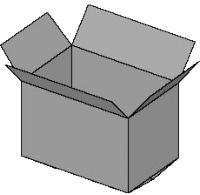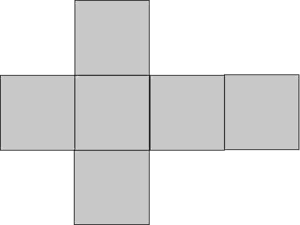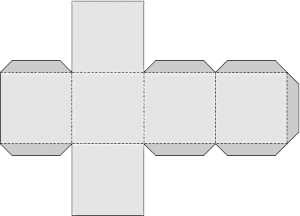'Net' or 'Development' of a basic cube
From DT Online
Basic cubes form the basis of many packaging designs.
There are lots of packaging designs in the DT Online Packaging application - including many cube and cuboid type packages].
The DT Online Packaging enables users to alter box sizes and material thickness to create nets for packaging of various proportions.
- Cubes have 6 faces so 6 squares are linked together to create the ‘Net’
- There are 11 different ways of doing this - can you think of them all?
- Try drawing round a square shape or template to discover as many as you can.
- Alternatively, use graph paper or squared paper to create your 'nets'. (see ‘Geometric relations’)
- Find some empty packaging and take it apart to see the real examples of ‘nets’ or ‘developments’ used to make them.
- Notice how and where they are joined so they hold together.
- The completed ‘Development’ would need to have glue tabs, added or some form of interlocking design, if the cube is to be made up into a real box.
- Dotted lines can also be used to show where to fold.
Note:
- Can you see where tabs would need to be added to each of the 11 different ways of making a cube?
- How would you design a ‘net’ for a box that is longer than it is wide?
- Can you draw a development to produce a tetrahedron?
- How would you change your development to make the cube from 3mm thick acrylic instead of thin card?
Safety Point! Use a Cutting Mat and a metal Safety Ruler when using a knife to cut card


